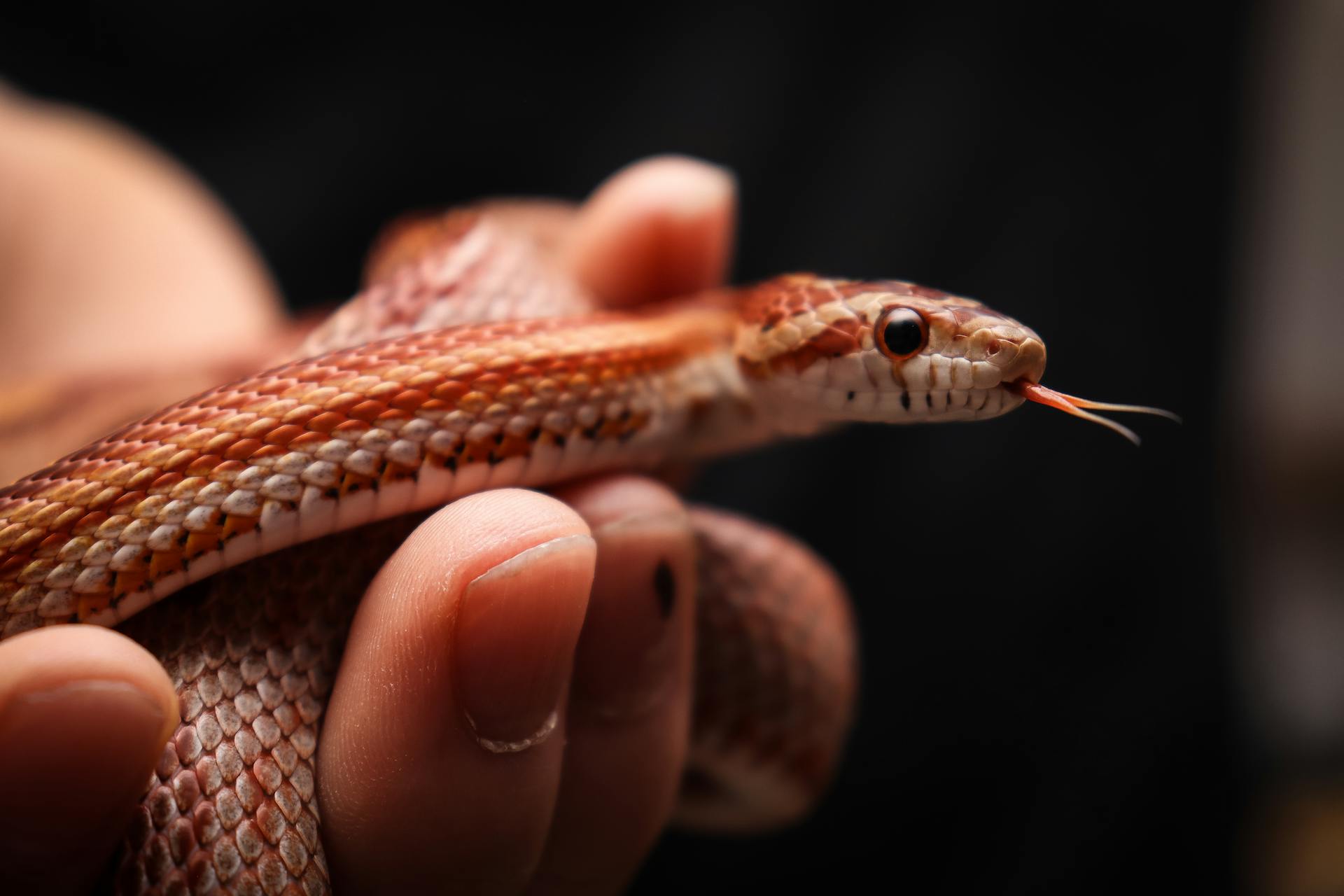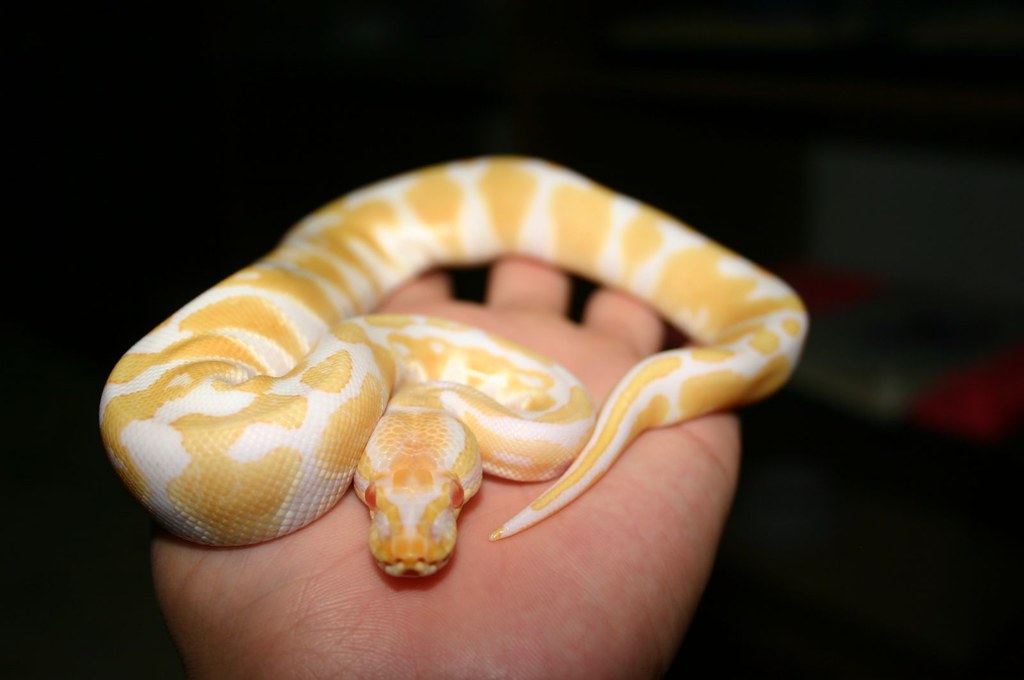Living in a small apartment or home doesn’t mean you have to forgo the joy of pet ownership. While dogs and cats typically require more space, there’s a fascinating world of exotic pets perfectly suited for compact living environments.
These unique companions can bring the same level of companionship and entertainment as traditional pets without needing sprawling spaces to thrive.
From tiny reptiles to fascinating invertebrates, the world of exotic pets offers something for everyone, regardless of square footage.
This guide explores the best exotic pet options for those with limited living space, considering factors like care requirements, temperament, and legal considerations.
Geckos: Colorful Wall-Climbers
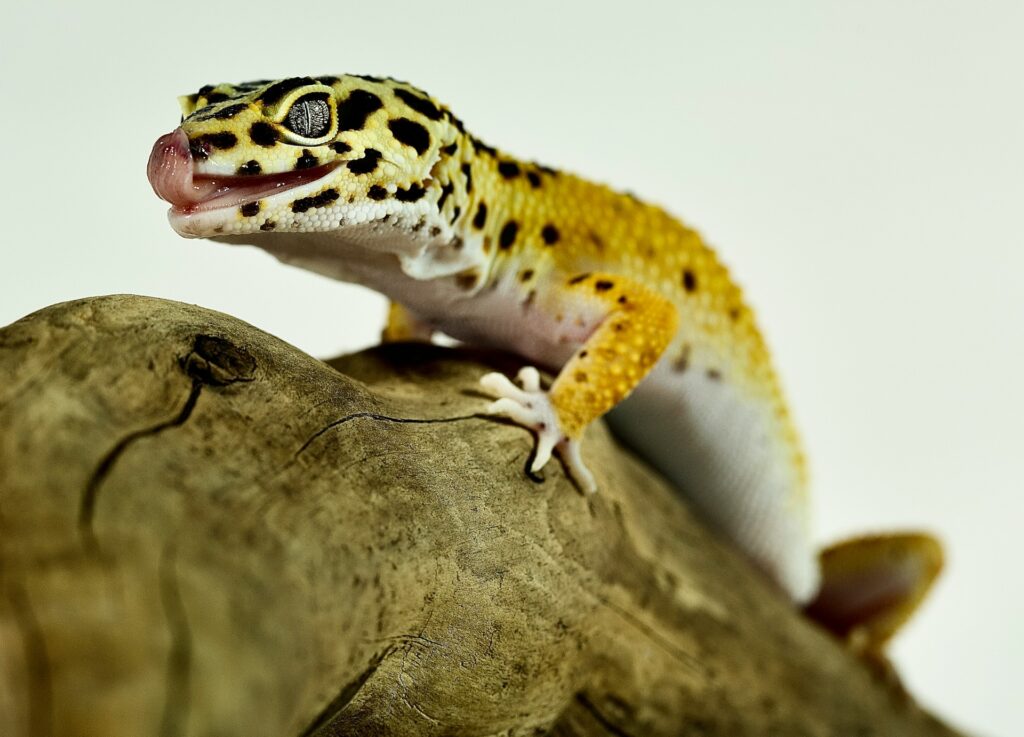
Leopard geckos and crested geckos rank among the most apartment-friendly reptiles available to exotic pet enthusiasts. These fascinating creatures require relatively small enclosures—a 20-gallon tank is typically sufficient for a single gecko.
Unlike many reptiles, most geckos don’t need specialized UVB lighting, making their setup less complex and space-consuming than other exotic options.
Their docile nature and manageable size (usually 8-10 inches for adults) make them ideal for handling, while their minimal noise ensures they won’t disturb neighbors in close living quarters.
With proper care, these colorful companions can live 15-20 years, offering long-term companionship without demanding excessive space.
Tarantulas: Misunderstood Arachnids
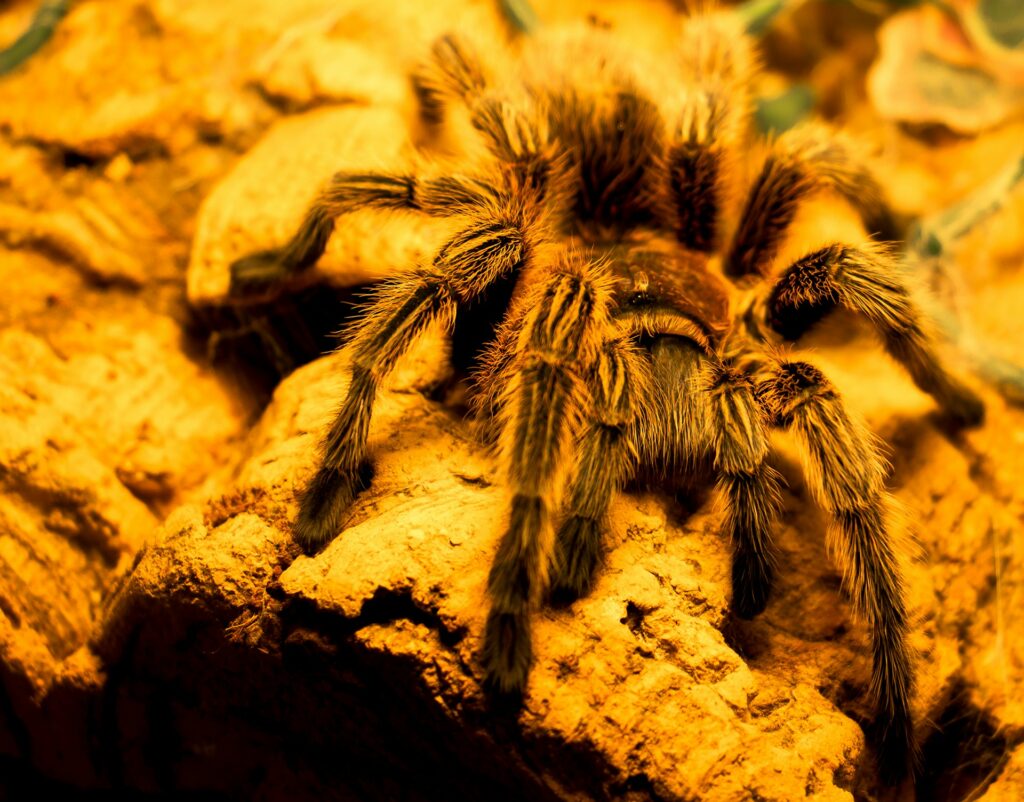
Despite their fearsome reputation, tarantulas make surprisingly low-maintenance pets that thrive in small enclosures. Most species require nothing larger than a 5-10 gallon tank, making them perfect for apartments or small homes with limited space.
These fascinating arachnids don’t need daily interaction, specialized lighting, or heating equipment beyond what’s necessary for tropical species. Their feeding schedule is remarkably infrequent—many adult tarantulas eat just once a week or even less often.
While not typically handled like traditional pets, tarantulas provide an engaging viewing experience with their unique behaviors and stunning appearances, from the electric blue of the Cobalt Blue tarantula to the golden hues of the Mexican Red-Knee.
Hermit Crabs: Social Shell-Dwellers
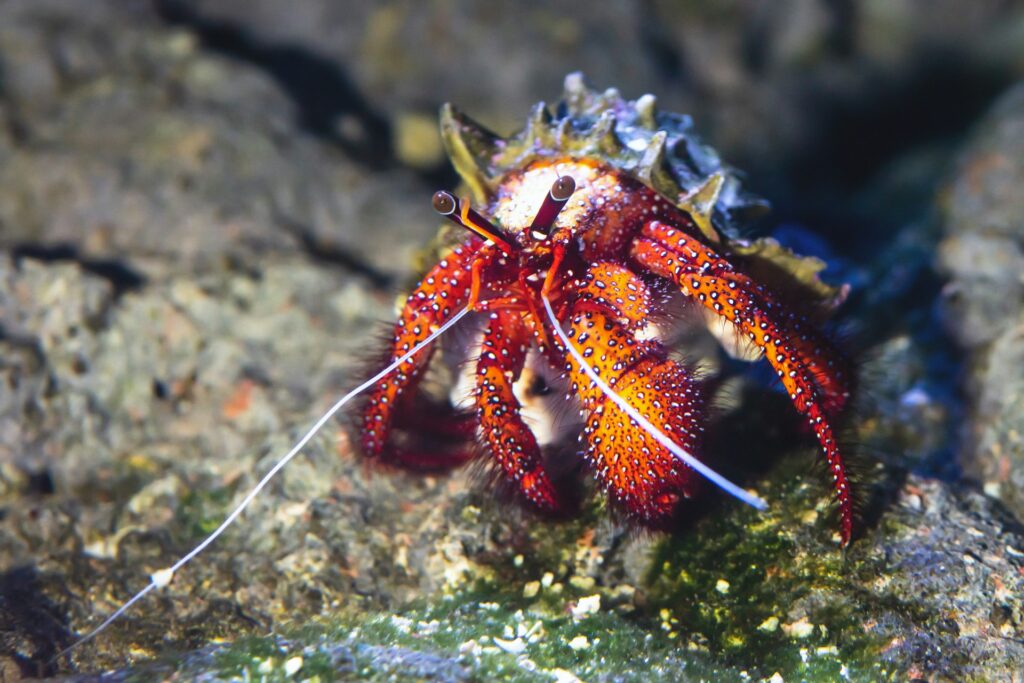
Hermit crabs offer a fascinating glimpse into marine life without requiring a large aquarium setup. These social creatures thrive in groups and can live comfortably in a 10-20 gallon tank even when keeping multiple crabs.
Their habitat takes up minimal space while still providing an engaging ecosystem to observe and maintain. Hermit crabs are particularly appealing for small spaces because they produce virtually no noise and don’t create odors when properly cared for.
Their entertaining behaviors—from shell swapping to climbing activities—provide endless amusement, while their minimal waste production makes maintenance manageable even in compact living situations.
African Dwarf Frogs: Aquatic Companions
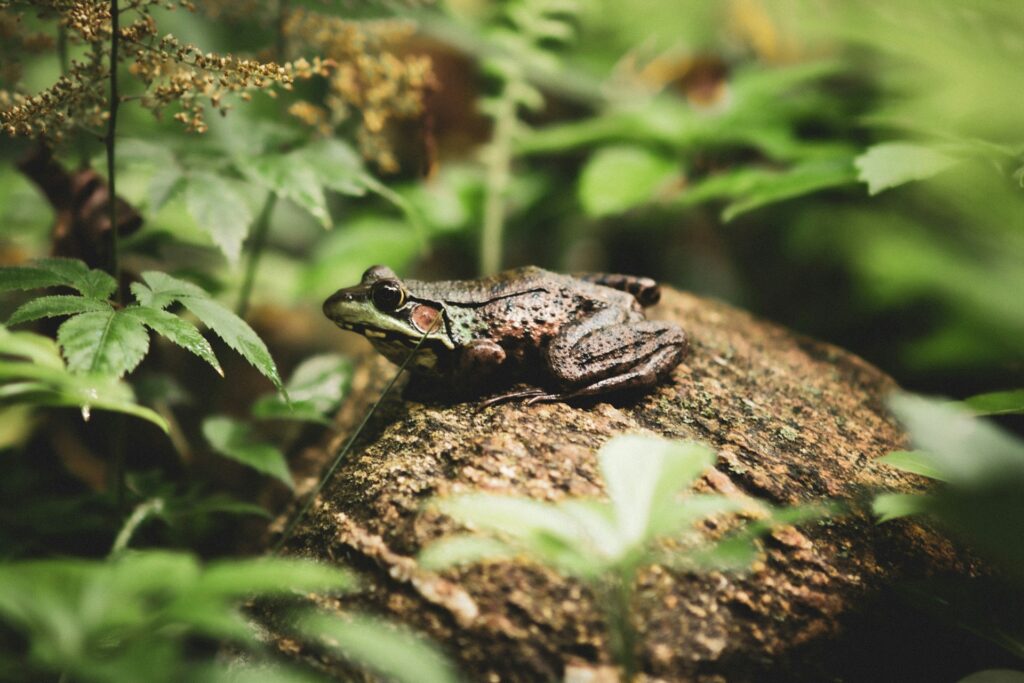
These tiny amphibians typically grow to just 1-2 inches in length, making them perfect for nano aquariums that can fit on desktops or small shelves.
A single frog requires only about 1-2 gallons of water, though a slightly larger tank of 5-10 gallons can comfortably house a small community for more interesting interactions.
Unlike many aquatic pets, African dwarf frogs don’t require specialized lighting or complex filtration systems, though they do benefit from a basic heater to maintain appropriate water temperatures.
Their fully aquatic lifestyle means no need for land areas that would consume valuable space in the tank. These frogs’ peaceful nature allows them to coexist with select small fish species, potentially combining multiple pets in one space-efficient setup.
Fancy Mice: Pocket-Sized Personalities

Fancy mice pack enormous personality into their tiny bodies, making them excellent companions for those with spatial constraints. A pair or small group of female mice can thrive in a modestly sized enclosure measuring approximately 20″ x 10″ x 10″, which can easily fit on a desk or small table.
These intelligent creatures create complex social structures and form strong bonds with their caretakers despite their diminutive size.
Their habitat costs are minimal compared to larger exotic pets, with basic setups starting at around $50-100, including the cage and necessary accessories.
While their 1-3 year lifespan is relatively short, mice provide an engaging pet experience with their active nature and capacity for recognizing their owners.
Hedgehogs: Spiky Sweethearts

African pygmy hedgehogs have gained popularity as exotic pets partly due to their compatibility with smaller living spaces. These nocturnal mammals require cages measuring approximately 2ft x 3ft minimum—larger than some small exotics but still manageable in apartments.
Their solitary nature means they don’t need companionship from other hedgehogs, reducing the space needed compared to social animals requiring multiple specimens.
Hedgehogs produce minimal noise, making them suitable for apartment living where sound can be a concern.
Their unique personality combines curiosity with independence, offering interaction when desired but not demanding constant attention like some more traditional pets.
Praying Mantis: Living Sculptures
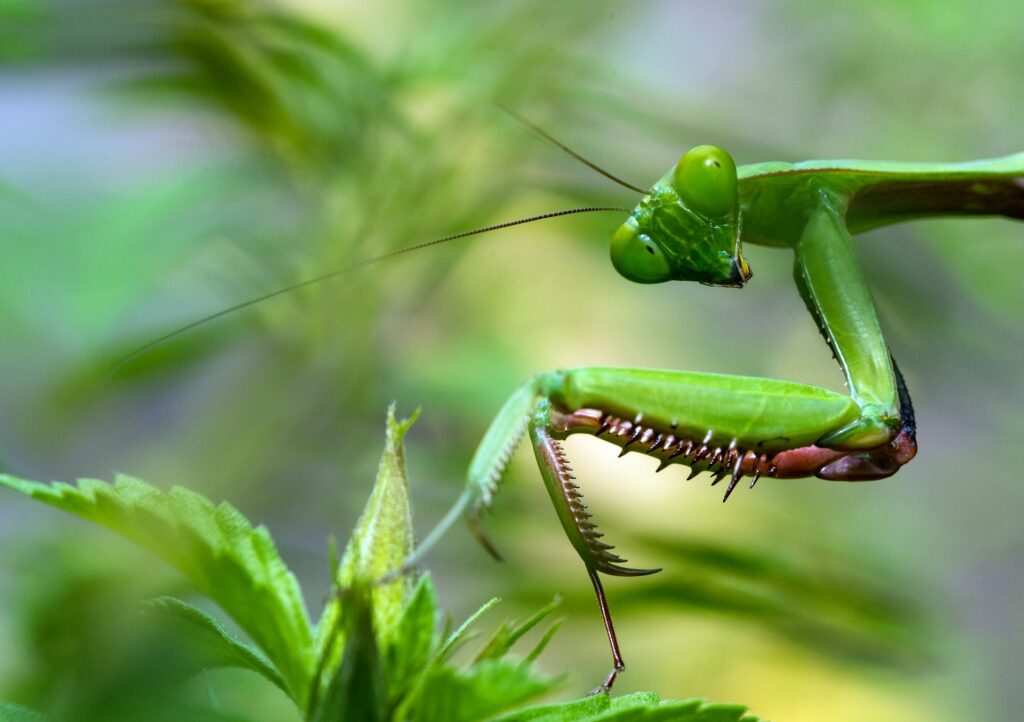
Praying mantises represent perhaps the most space-efficient exotic pet option, with most species requiring enclosures no larger than 12″ x 12″ x 12″—about the size of a small cube organizer.
These remarkable insects display complex hunting behaviors and unique movements that make them fascinating to observe despite their minimal space requirements.
Their care routine is straightforward, typically involving misting their enclosure and providing appropriate insects as food a few times weekly.
Many species showcase extraordinary camouflage abilities, resembling flowers or leaves, essentially providing living art in a tiny footprint. With lifespans typically under a year, mantises also represent a shorter commitment than many other exotic pets.
Dart Frogs: Living Jewels
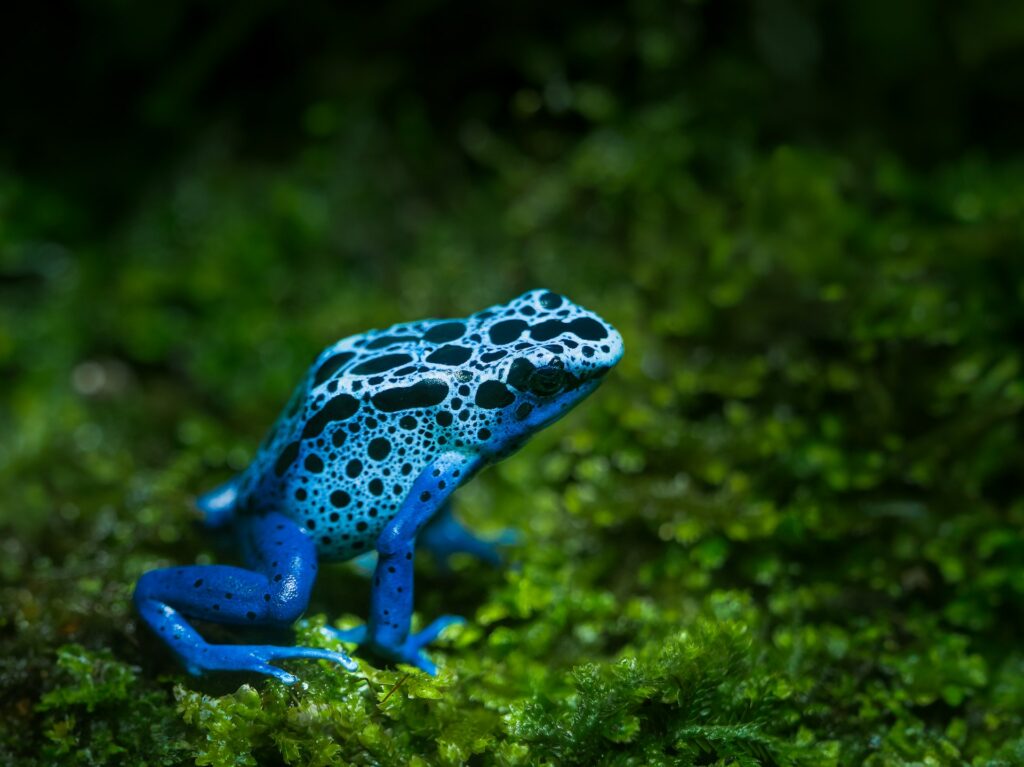
Poison dart frogs (which lose their toxicity in captivity) offer extraordinary color displays while requiring relatively modest space. A pair of these vibrant amphibians can thrive in a vertically oriented vivarium as small as 12″ x 12″ x 18″, which can be placed on a shelf or small table.
Their enclosures become self-contained miniature rainforest ecosystems complete with live plants, creating a visually stunning display that enhances rather than detracts from small living spaces.
These diurnal (day-active) frogs display complex social behaviors and fascinating parental care in many species. Their minimal noise—usually just occasional soft calls—means they won’t disturb even the closest neighbors in apartment settings.
Scorpions: Desert Dwellers
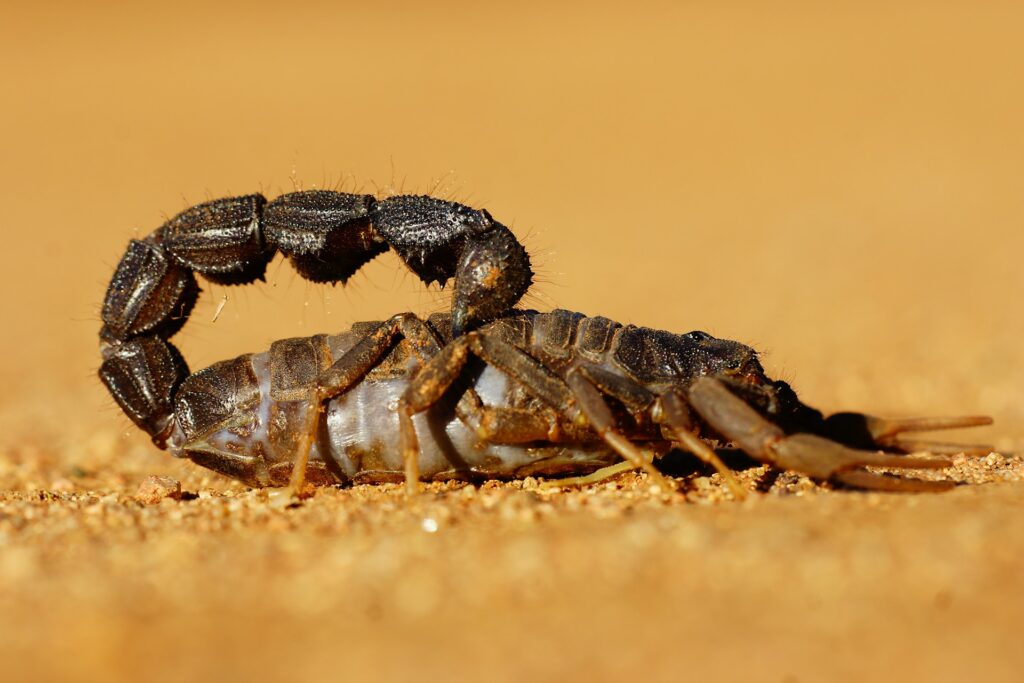
Emperor scorpions and Asian forest scorpions make surprisingly manageable exotic pets for space-constrained environments.
These impressive arachnids require relatively small enclosures—typically 5-10 gallon tanks—making them suitable for apartment shelving or side tables.
Their nocturnal nature means they’re most active when many people are sleeping, and they spend much of the day hidden in burrows or under hides.
Scorpions have exceedingly minimal care requirements, needing feeding only once every 7-10 days and occasional substrate changes. Their long lifespan of 6-8 years provides a lasting pet relationship without demanding significant spatial investment in their housing.
Axolotls: Aquatic Oddities
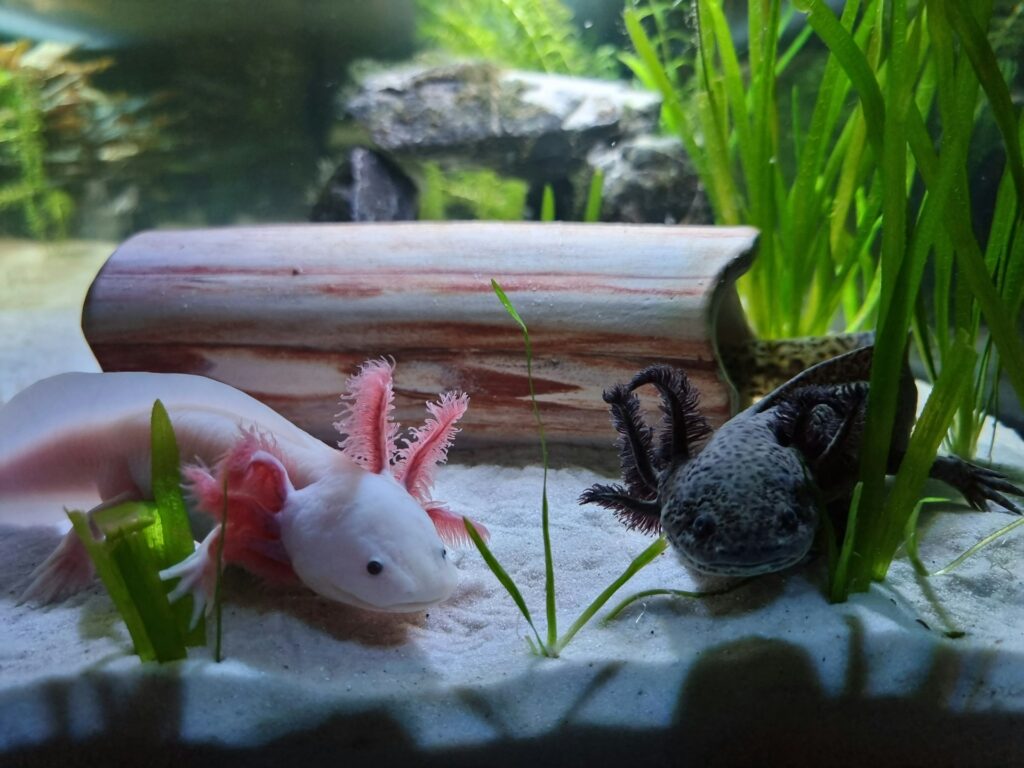
These permanently aquatic salamanders have surged in popularity due to their unique appearance and relatively modest space requirements.
A single axolotl can thrive in a 20-gallon long aquarium, which offers sufficient swimming space while maintaining a reasonable footprint in small homes.
Unlike many aquatic pets, axolotls prefer cool water temperatures around 60-64°F, often eliminating the need for space-consuming heaters in their setup.
Their slow movements and generally stationary lifestyle mean they don’t require the expansive swimming areas needed by more active fish species.
Perhaps most appealing for apartment dwellers, axolotls produce almost no sound and create minimal vibration, making them ideal for shared walls and close quarters.
Hissing Cockroaches: Conversation Starters
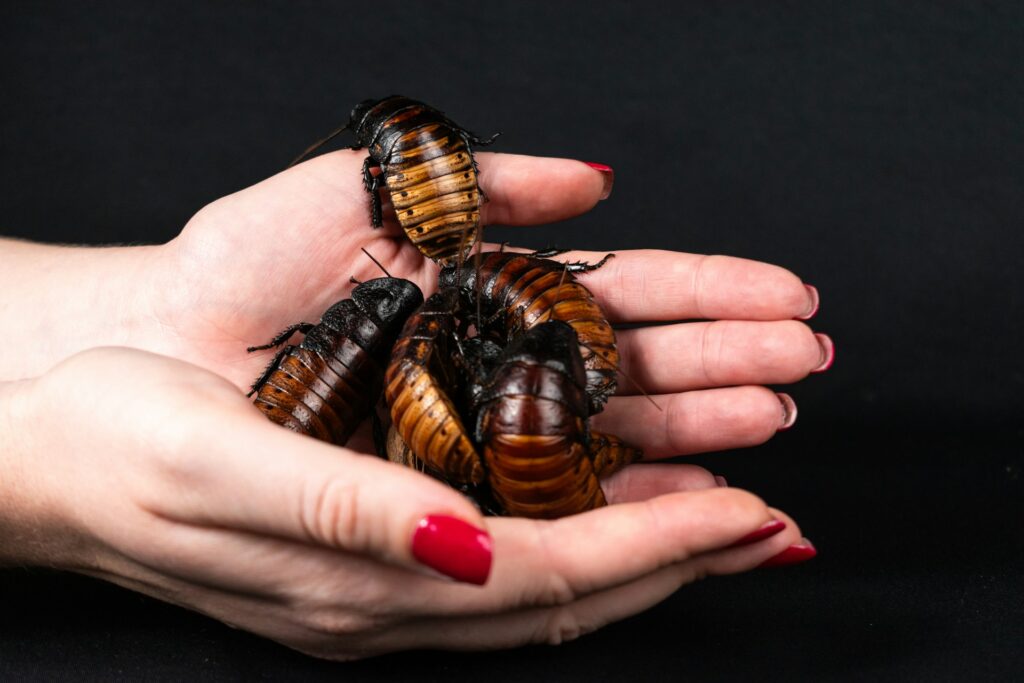
Madagascar hissing cockroaches make surprisingly engaging pets that require minimal space to thrive. A small colony can live comfortably in a 10-gallon tank or similar-sized plastic container that fits easily on a bookshelf.
These impressive insects produce their namesake hissing sound through specialized breathing tubes, creating a unique pet experience without the barking, meowing, or chirping of traditional companions.
Their care requirements are exceedingly simple—they eat fresh fruits and vegetables along with commercial roach food and need only occasional cleaning of their enclosure.
With lifespans of 2-5 years, they offer a longer-term exotic pet experience than many insects while demanding very little in terms of space or maintenance.
Legal and Ethical Considerations
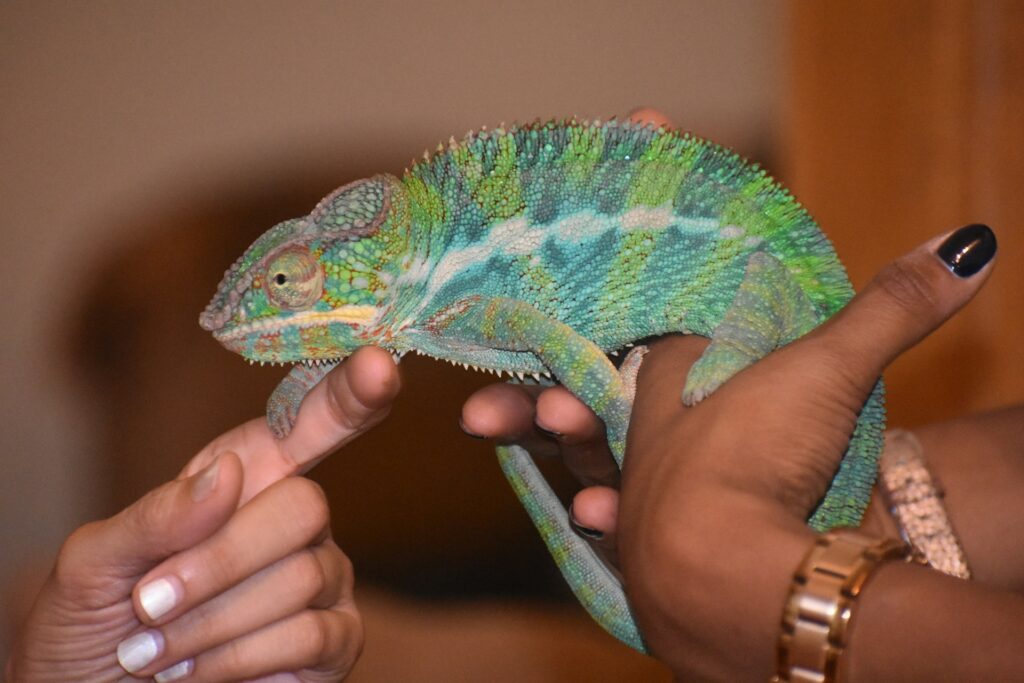
Before bringing home any exotic pet, thorough research into local laws is essential, as regulations vary dramatically between locations.
Many cities, counties, and states maintain specific restrictions on certain exotic species, with particular scrutiny on venomous or potentially invasive animals.
Apartment dwellers face additional considerations, as many lease agreements explicitly prohibit exotic pets or require additional pet deposits for non-traditional animals.
Ethical acquisition is equally important—always purchase from reputable breeders who can verify captive breeding rather than wild collection, which can devastate natural populations.
Finally, ensure you have access to specialized veterinary care in your area, as many exotic pets require treatment from professionals with specific training.
Creating Multi-Functional Habitats
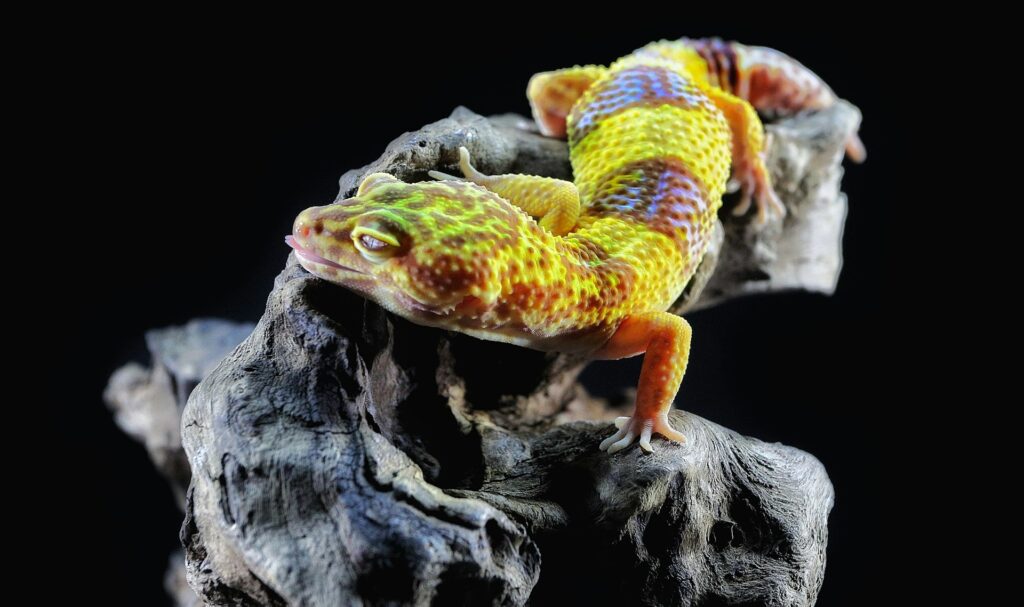
In small living spaces, integration of pet habitats into home decor becomes particularly important for maintaining both functionality and aesthetics.
Consider wall-mounted vivaria for arboreal species like crested geckos, which utilize vertical space often underused in compact homes.
Custom-built enclosures can double as end tables, coffee tables, or media stands, providing dual-purpose furniture that accommodates both human and animal needs.
Aquatic setups can serve as room dividers in studio apartments or as living art displays when thoughtfully positioned and landscaped.
For ultimate space efficiency, some hobbyists create bioactive setups with multiple compatible species sharing carefully designed ecosystems, maximizing biodiversity while minimizing the spatial footprint.
Conclusion
The world of exotic pets offers numerous options for enthusiasts living in small spaces, from tiny amphibians to fascinating invertebrates.
Each species brings its own unique behaviors, care requirements, and visual appeal to a compact living environment.
When selecting the right exotic pet for your situation, consider not just the space available, but also your lifestyle, budget for specialized equipment, and access to veterinary care.
With proper research and preparation, these fascinating creatures can provide years of companionship and educational value without requiring the expansive living quarters needed by more traditional pets.
Remember that responsible ownership includes understanding an animal’s complete needs and committing to their care for their entire lifespan—creating a fulfilling relationship regardless of your living space constraints.



